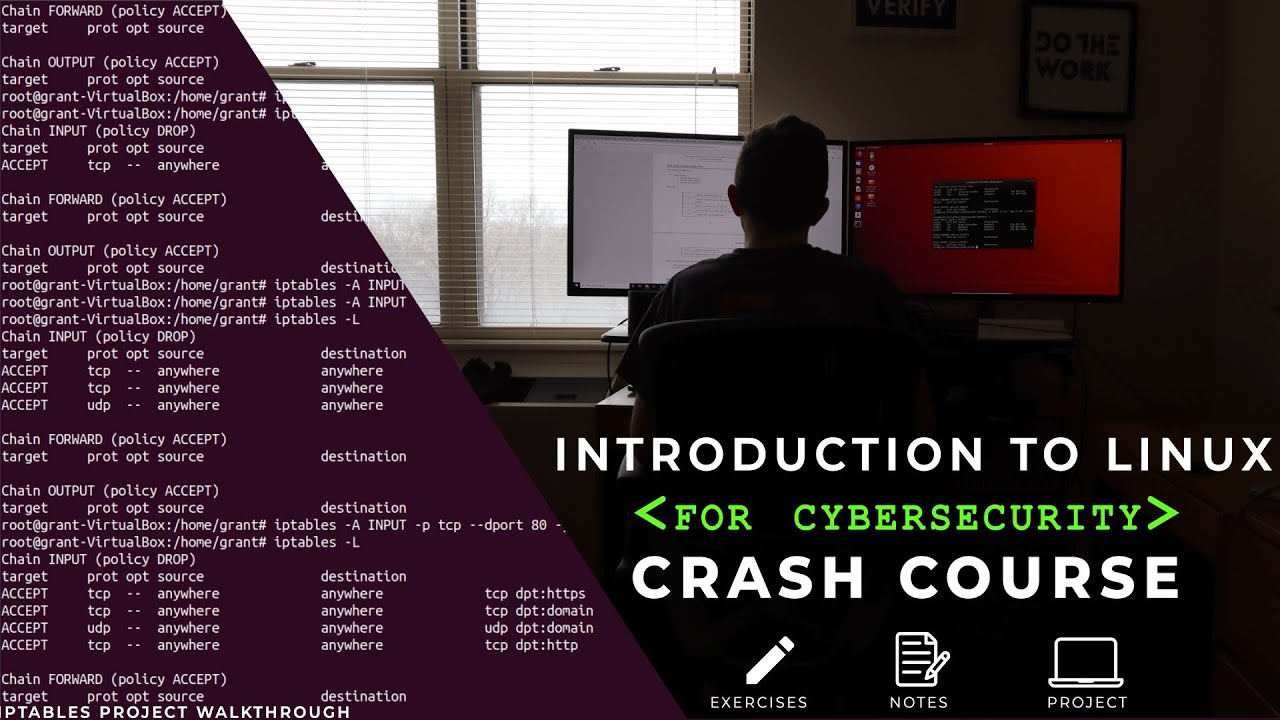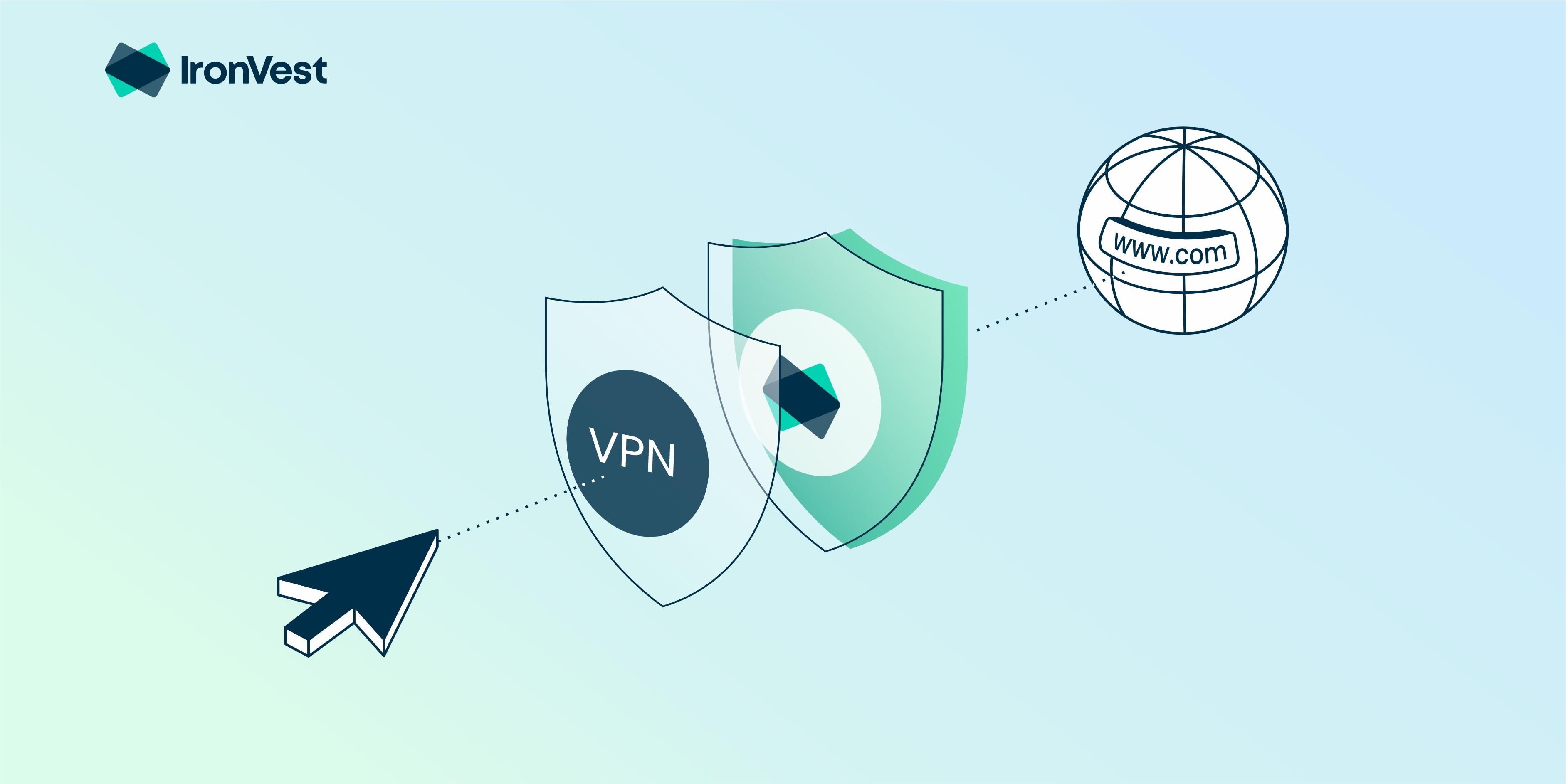
Unveiling the Linux Cybersecurity Landscape
In the realm of Linux cybersecurity, a new threat has emerged, shaking the foundations of digital defense. The NoaBot worm, a variant of the infamous Mirai malware, has been wreaking havoc on Linux devices worldwide. This self-replicating malware infiltrates systems through vulnerable SSH connections, paving the way for insidious cryptomining operations.
The NoaBot Phenomenon
NoaBot’s modus operandi diverges from traditional malware tactics. By targeting weak SSH connections and deploying sophisticated evasion techniques, NoaBot has managed to fly under the radar of conventional detection mechanisms. Its deployment of XMRig, a cryptomining tool, is shrouded in secrecy, with configuration settings decrypted only post-execution, confounding cybersecurity experts.
ShellBot Strikes Back
As if NoaBot’s presence wasn’t menacing enough, the Linux ecosystem faces another adversary in the form of ShellBot malware. This malicious entity leverages hexadecimal IP addresses to obfuscate its activities, evading detection and complicating mitigation efforts. By exploiting vulnerabilities in SSH servers, ShellBot orchestrates DDoS attacks and deploys cryptominers, turning compromised servers into cyber weapons.
Safeguarding the Linux Frontier
To fortify defenses against these cyber onslaughts, administrators must prioritize password hygiene and vigilance. By adopting robust password practices and regular credential rotations, organizations can bolster their resilience against evolving threats.
Embracing Cyber Resilience
The Linux cybersecurity landscape is a battleground where vigilance and innovation are paramount. As threat actors evolve their tactics, defenders must adapt and fortify their digital ramparts to safeguard critical assets and data.
Stay informed, stay vigilant, and stay secure.
Stay updated with the latest cybersecurity insights and trends. Subscribe to our newsletter for daily or weekly updates.















